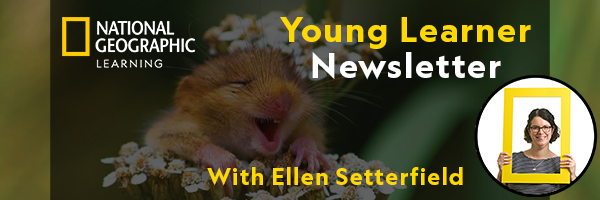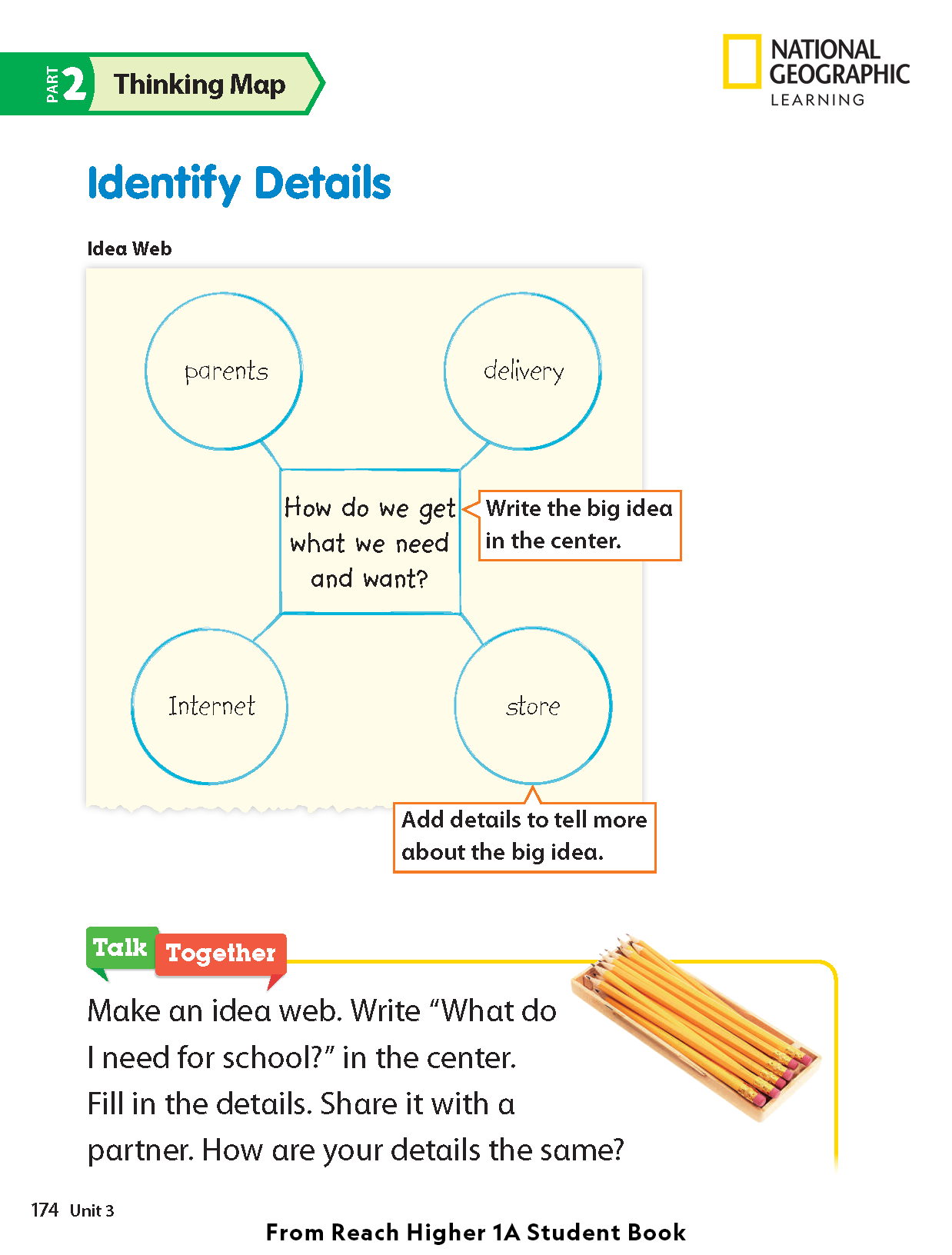
We all want to make our classes more learner-centred, but how do we put that into practice?
Inquiry-based learning is one approach which can support us as we do this.
Inquiry-based learning starts with an essential question: an open-ended, non-judgemental, meaningful big question that encourages students to think deeply, learn more about the subject, and ask their own questions in turn. Students engage with the question and investigate the topic.
1. It encourages critical thinking.
Inquiry-based learning develops students’ critical thinking skills by giving them practice of questioning information, choosing appropriate sources for their research, and developing their own solutions.
2. It improves problem-solving skills.
Inquiry-based learning gives students plenty of opportunities to think outside the box and solve real-world problems.
3. It encourages creativity.
By allowing our students to explore and experiment, we encourage them to come up with new ideas and be creative.
4. It improves communication skills.
Inquiry-based learning is often done in pairs or groups, requiring students to work together and communicate effectively.
5. It connects learning to the real world.
At National Geographic Learning our aim is to bring the world to the classroom and the classroom to life. Inquiry-based learning provides a framework for students to explore real-world problems and challenges, making their learning as relevant as possible.
6. It engages learners.
Inquiry-based learning actively involves students in the learning process. It exploits their curiosity and allows them to explore their own areas of interest. This helps them make connections with what they already know, and means they are more likely to retain new information.

from Dr. Joan Kang Shin:
Often we view assessment as something that we ‘do’ as teachers, and that is ‘done’ to our students. But how can we involve our students in the assessment process? Find out more in this month’s Teaching Tip from Dr. Joan Kang Shin.
Class Activity:
Using Graphic Organisers
Use graphic organisers to help your young learners organise their ideas. This is particularly useful after brainstorming activities when lots of ideas have been suggested!
As well as mind maps, which help learners see how different ideas are connected, why not try a Venn Diagram to help them categorise their thinking and see how things are the same or different?
You can find more tips for how to implement inquiry-based learning in your classroom in Deborah Short’s blog post.
Have you seen our Content-Based English series Reach Higher?
Reach Higher guides students to learn English, learn about the world, and learn about themselves through authentic content with a global perspective. Primary students develop the academic language skills and content knowledge they need to get an education in English.
The program uses National Geographic science and social studies content and authentic literature to build content knowledge and develop English literacy through inquiry-based learning. Students work with the content to develop critical thinking, problem-solving, and analytical skills needed to succeed in their academic studies.
Reach Higher provides students with the skills and strategies to understand stories and literature, and to work with more complex texts that include facts and background knowledge in the subject areas of science and social studies.
Reach Higher teaches the language students need – vocabulary, phonics, reading, writing, and conversations – to work with authentic academic content in English.




